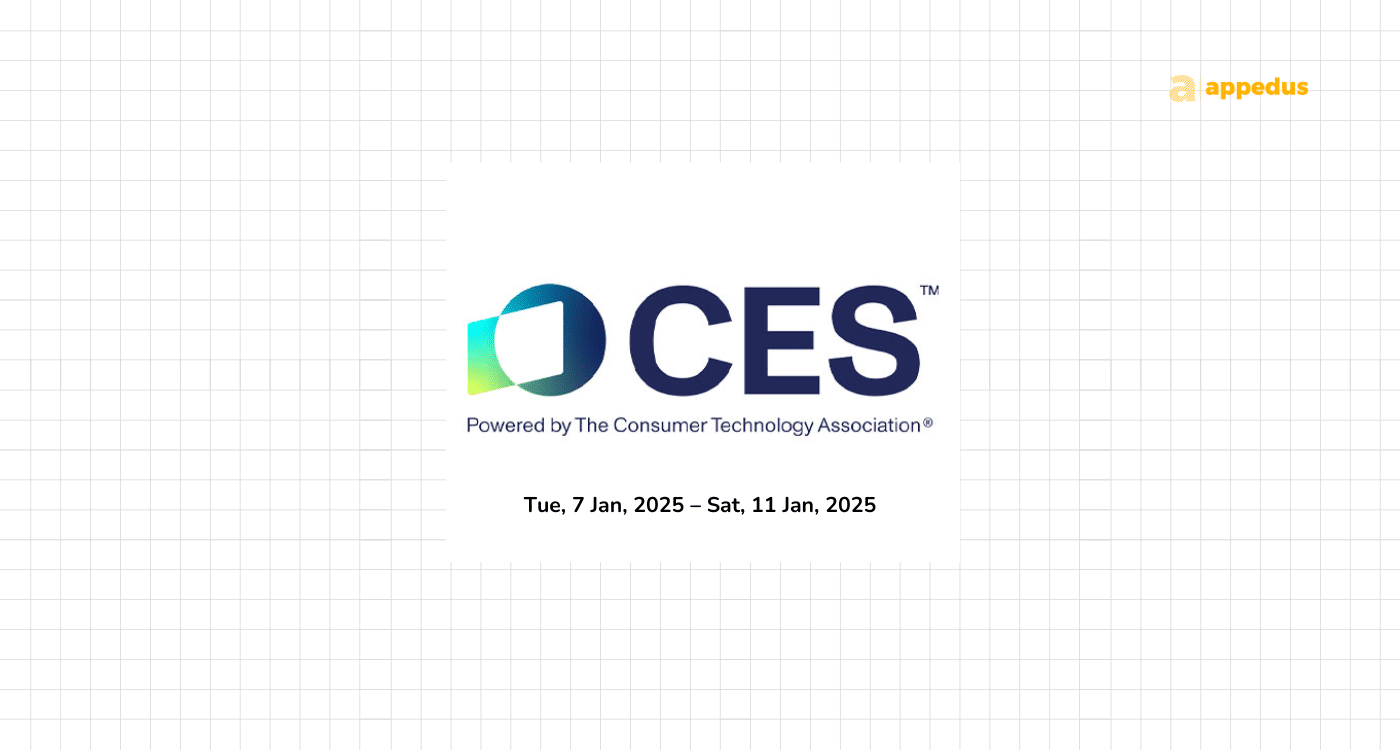Astronauts Suni Williams and Butch Wilmore, who embarked on a mission to the International Space Station (ISS) on June 5, are now stranded due to issues with Boeing’s Starliner capsule. Initially planned as an eight-day mission, they remain on the ISS two months later and may not return until 2025.
Starliner Troubles and NASA’s Response
The mission marked the third and final test of Boeing’s new Starliner capsule and its first crewed launch. At first, the launch proceeded smoothly, but problems arose before docking with the ISS. “We lost an RCS jet, then we lost another one,” Wilmore said last month. The capsule’s handling qualities degraded, complicating the mission.
Although the capsule eventually docked with the ISS, a helium leak and other issues have prevented the astronauts’ return. NASA and Boeing have been working to resolve these problems, but with limited success. Consequently, NASA is considering sending Starliner back to Earth without a crew and using another spacecraft to retrieve Williams and Wilmore.
“As we’ve said before, our prime option is to return Butch and Suni on Starliner,” stated Steve Stich, NASA’s commercial crew program manager. “However, we have done the requisite planning to make sure we have other options open.”
Backup Plans and Future Missions

NASA’s contingency plan involves coordinating with SpaceX to utilize their Dragon spacecraft for the next crew run, slated to launch in September. This mission, Crew 9, would include two empty seats for Williams and Wilmore, allowing them to return home if Starliner is ultimately deemed too unsafe to use. The problem is that Crew 9 is slated to launch in September and it won’t return before February 2025. This unplanned extension will see the astronauts spend an additional summer, autumn, and winter aboard the ISS.
Ken Bowersox, NASA’s director of space operations, noted the increased likelihood of an uncrewed Starliner return. “That’s why we’re looking more closely at that option to make sure that we can handle it,” he added.
However, undocking Starliner without a crew at its helm presents challenges. The capsule was not originally designed for such autonomous operations, requiring significant software updates. Previous tests indicated that uncrewed docking and undocking may be possible, but this capability is not currently available out of the gate for the mission’s Starliner.
This situation underscores ongoing challenges in commercial spaceflight. In late 2019, Boeing seemed poised to surpass SpaceX in becoming the first private U.S. company to send astronauts into orbit. However, the subsequent years have been marked by a series of setbacks, causing Boeing to fall significantly behind its competitors.
A Bumpy Ride
Boeing’s Starliner has faced multiple delays and technical issues, contrasting with SpaceX’s more consistent performance. In its quarterly earnings report, Boeing registered a $125 million loss on the Starliner program, bringing total losses on Starliner to $1.6 billion. However, this should come at no surprise to those who’ve followed Starliner’s bumpy development.
On December 20, 2019, Boeing’s Starliner capsule launched atop an Atlas V rocket for a critical uncrewed test flight. A clock error and communication glitch led to excessive propellant usage, forcing the mission to abort docking with the ISS. Additional software errors were patched mid-flight. An investigation revealed multiple process failures, prompting a thorough software audit.
A second uncrewed test was scheduled for July 2021 but was delayed due to corroded propellant valves. Troubleshooting took months, further pushing back the schedule.
On May 19, 2022, Starliner’s second uncrewed test flight launched. Despite two thruster failures, it docked with the ISS and returned to Earth successfully, but concerns about reliability persisted.
In July 2023, a crewed test flight was delayed due to flammable tape around wiring and a weak parachute component. Boeing replaced the tape and upgraded the parachute design.
In May 2024, a valve issue in the Atlas V rocket and a helium leak in Starliner’s propulsion system led to another postponement. A broader review revealed a “design vulnerability,” prompting new backup plans. A computer issue on the scheduled launch day caused further delay.
Now, these recent malfunctions on Starliner’s maiden crewed voyage are just the icing on the cake. NASA officials hoped a flawless Starliner test flight would allow the agency to formally certify the capsule for regular six-month expeditions to the space station by the end of the year, allowing Boeing to launch the first operational Starliner flight, known as Starliner-1, in February 2025.
Thanks for your feedback!




















Discussion about this post